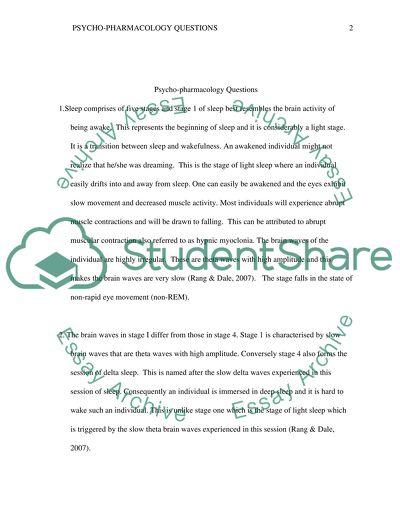Cite this document
(“Psycho-Pharmacology Questions Essay Example | Topics and Well Written Essays - 1500 words”, n.d.)
Retrieved from https://studentshare.org/psychology/1452382-mediaworks
Retrieved from https://studentshare.org/psychology/1452382-mediaworks
(Psycho-Pharmacology Questions Essay Example | Topics and Well Written Essays - 1500 Words)
https://studentshare.org/psychology/1452382-mediaworks.
https://studentshare.org/psychology/1452382-mediaworks.
“Psycho-Pharmacology Questions Essay Example | Topics and Well Written Essays - 1500 Words”, n.d. https://studentshare.org/psychology/1452382-mediaworks.


